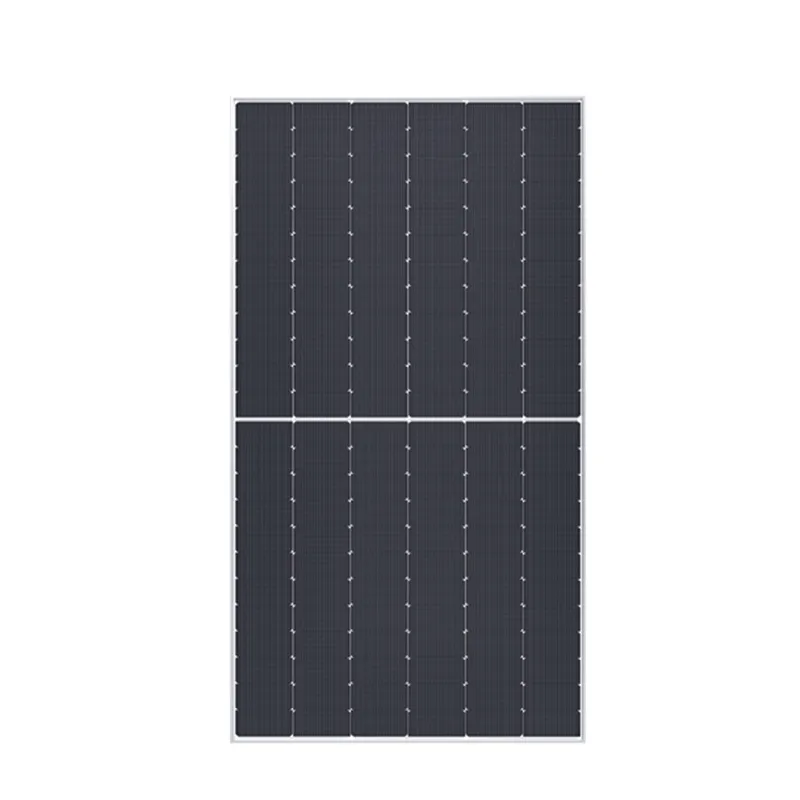Estimating Expenses for Installing Solar Panels on Your Rooftop
The Cost to Add Solar Panels to Your Roof A Comprehensive Overview
In recent years, solar energy has gained significant traction as a sustainable and cost-effective alternative to traditional power sources. As homeowners look to reduce their carbon footprint and lower utility bills, the installation of solar panels on rooftops has become more common. However, the cost of adding solar panels can vary widely depending on various factors. This article will delve into the expenses associated with installing solar panels on your roof, helping you understand what to expect and how to make informed decisions.
Initial Investment
The primary expense when considering solar panels is the initial investment in the system itself. The total cost can vary based on the system's size, the type of solar technology used, and any additional components necessary for installation. On average, the cost of installing solar panels ranges from $15,000 to $30,000 for a residential system, depending on the aforementioned factors.
Factors Influencing the Cost
1. System Size The most significant determinant of cost is the size of the solar panel system you plan to install. Larger systems capable of producing more electricity will naturally cost more. Homeowners should evaluate their energy needs to determine the optimal system size.
2. Panel Type Solar panels come in various types, including monocrystalline, polycrystalline, and thin-film panels. Monocrystalline panels are generally more efficient and come at a higher price, while polycrystalline panels are more affordable but slightly less efficient. Thin-film panels are often the cheapest but may require more roof space for the same energy output.
3. Installation Costs Labor costs can vary significantly depending on your location and the complexity of the installation. It's crucial to obtain multiple quotes from installation companies and ensure they provide a comprehensive breakdown of costs.
4. Roof Condition Before installing solar panels, it’s essential to assess the condition of your roof. If your roof requires repairs or replacement, this will add to your overall costs. A sturdy and well-maintained roof is vital for supporting solar panels’s long-term performance.
5. Permitting and Inspection Fees Local regulations may require permits for solar panel installations, which can incur additional costs. Homeowners should factor in these expenses when budgeting for their solar project.
Incentives and Rebates
cost to add solar panels to roof

One of the most appealing aspects of adopting solar energy is the various financial incentives available to homeowners. In the United States, the federal solar tax credit allows you to deduct a significant percentage of your solar installation costs from your federal taxes. As of 2023, this credit is set at 26% of the total system cost, decreasing to 22% in 2024. Many states and local governments also offer rebates and incentives, which can further offset installation costs. Researching these programs before installation can lead to substantial savings.
Financing Options
Many homeowners may find the upfront costs of solar panel installation daunting. Fortunately, there are several financing options available to make solar energy more accessible
1. Solar Loans These specialized loans are designed for solar panel installations, allowing homeowners to pay back the cost over time, typically with low-interest rates.
2. Leases With a solar lease, homeowners can pay a fixed monthly fee for the solar energy produced without the upfront costs of purchasing the system. However, this option typically doesn’t allow the homeowner to claim tax credits.
3. Power Purchase Agreements (PPAs) Similar to leases, PPAs allow homeowners to pay for the electricity generated by the solar panels rather than the panels themselves. This option provides immediate savings but may limit ownership benefits.
Long-Term Savings
Despite the initial costs, investing in solar panels can lead to significant long-term savings on utility bills. Homeowners often see their electricity expenses reduced dramatically, with many recouping their initial investment within five to ten years. Furthermore, solar energy systems can increase property value, making them an attractive option for future home sellers.
Conclusion
Adding solar panels to your roof can be a wise investment, providing both environmental benefits and financial savings. While the initial costs can seem high, understanding the various factors involved and taking advantage of available incentives can make the transition to solar energy more manageable. As technology advances and installation processes become more efficient, the cost of solar energy is expected to decline further, making it an appealing solution for homeowners looking to harness renewable energy. Ultimately, the decision to invest in solar panels should align with your financial goals, energy needs, and commitment to sustainability.
-
String Solar Inverter: The High-Efficiency Solution for Smart Solar EnergyNewsJul.14,2025
-
Revolutionizing Rooftop Energy with the Power of the Micro Solar InverterNewsJul.14,2025
-
Power Independence with Smart Off Grid Solar Inverter SolutionsNewsJul.14,2025
-
On Grid Solar Inverter: Powering the Future with Smart Grid IntegrationNewsJul.14,2025
-
Monocrystalline Solar Panels: High-Efficiency Power for the Future of Clean EnergyNewsJul.14,2025
-
Bifacial Solar Panel: A Smarter Investment for Next-Generation Energy SystemsNewsJul.14,2025







